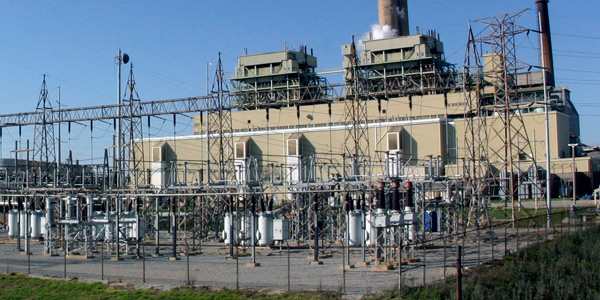By Rory D. Sweeney
VALLEY FORGE, Pa. — PJM and some stakeholders are at odds over whether access to the transmission grid is a right generators purchase through interconnection upgrades or an opportunity granted by load to serve its needs. The philosophical difference is playing out in efforts to streamline the process for capacity resources seeking exceptions to offering into Base Residual Auctions.
PJM has proposed allowing generators to request exceptions from multiple auctions at once and allow timing as an acceptable reason for an exception. It also would clarify the documentation required by the RTO and its Independent Market Monitor for being removed from capacity resource status.
Exelon, which initiated discussion of the issue, offered a proposal that differs from PJM’s only in not requiring a status change for units that are continually approved for an exemption and don’t offer into a BRA after three consecutive delivery years.
That is potentially the difference between whether the unit must relinquish its capacity interconnection rights (CIRs), which grant access to inject generation into the transmission system. If not enough CIRs are available, generators must pay for system upgrades to address their needs or risk not being allowed to sell all the power they can produce. Excess CIRs can have value and be sold.
At last week’s Market Implementation Committee meeting, Gary Greiner with Public Service Electric and Gas supported Exelon’s position, arguing that because generators spend millions of dollars for the upgrades the CIRs are the companies’ property.
Monitor Joe Bowring and ODEC’s Mike Cocco defended PJM’s proposal, arguing that load has spent billions to develop the transmission system that makes the rights possible. Bowring said the CIRs are for units that want to provide capacity for load and that “hoarding” them without committing to provide capacity is “effectively blocking” new units that do want to make that commitment.
“Imagine if [companies] had a benefit to restricting access to other competitors. … That does not make sense,” Bowring said. “If you can’t provide the capacity, it doesn’t make sense to block others who can. … You don’t own the right in perpetuity to inject power into the system because you paid for” necessary upgrades.
“It’s not a ‘forever’ property right. Many of these capacity injection rights were assigned to generators without them incurring any interconnection costs. They have an obligation to clear the capacity market within a three-year time frame or they lose these rights,” Cocco said.
David “Scarp” Scarpignato searched for middle ground.
“I agree with Joe,” he said. “There is a potential hoarding issue here. But there’s also on the other side, people pay for some rights.”
He explained that units that have received exceptions would become uncommitted capacity resources rather than energy-only resources and would keep their CIRs if they pass PJM’s annual deliverability tests.
Exelon’s Jason Barker noted that generators maintain CIRs only until one year after deactivation of the unit, so it “doesn’t exist in perpetuity.”
“The question is whether you’re meeting the requirements of the [Capacity Performance] paradigm, which changes on a regular basis,” he said.
He pointed out that generators’ interconnection service agreements would also need to change and there would be a “necessary discussion” if PJM made a proposal to change them.
Roy Shanker, an economist who often represents individual generators, said the key is determining whether a generator has no intention to offer into the auction or is simply delayed in doing so.
“If you aren’t trying to make progress toward [becoming a CP-compliant unit within three years], it is a form of withholding,” he said. “If you identify a market power issue, you fix it. … All this other stuff is irrelevant.”



